Yoga Therapy for Hypothyroidism and Hyperthyroidism- Part 3
- Siyana Yaneva

- Mar 24, 2021
- 3 min read
Updated: Mar 25, 2021
The holistic approach of yoga therapy for managing thyroid disorders is proven by multiple scientific studies. The simple lifestyle modifications that yoga offers are a great complimentary therapy to assist your glands healing in a natural way. Additionally, the twisting, stretching and compressing asanas done during yoga classes help to massage the thyroid gland and thereby release of the thyroid hormone is regulated.
In this Part 3 of the series of articles "Yoga Therapy for Hypothyroidism and Hyperthyroidism" we will go through the recommended yoga therapy for hypothyroidism. In the last Part 4 we will conclude with the yoga therapy for managing hyperthyroidism. In Part 1 we described the thyroid function, the common problems of the thyroid gland and the symptoms one may experience if having hypothyroidism, hyperthyroidism or thyroid nodules. Part 2 was dedicated to the emotional causes behind thyroid problems.
Yoga Therapy for Thyroid
Multiple studies have shown the positive effect of yoga on improving thyroid function. Yoga therapy is considered a complementary therapy, and one should always follow his doctor’s advice prior making any changes in their diet and lifestyle. With that in mind, adding the holistic approach of yoga in treating thyroid problems may be of great help. Stressful lifestyle is one of the main causes behind thyroid issues, and yoga is the perfect way to teach one how to adequately cope with stress.
Recommended Diet (Ahara) for both Hypothyroidism & Hyperthyroidism
Changing to Sattvic food is very beneficial for all types of disorders.
Drink plenty of water (8-10 glasses)
Have lime juice 1-2 times/day
Iron-rich foods are important for the production of T4 hormone, such as dates, black raisins, figs, flax seeds, pumpkin seeds, green leafy vegetables, beetroot, lentils, chickpeas, kidney beans etc.
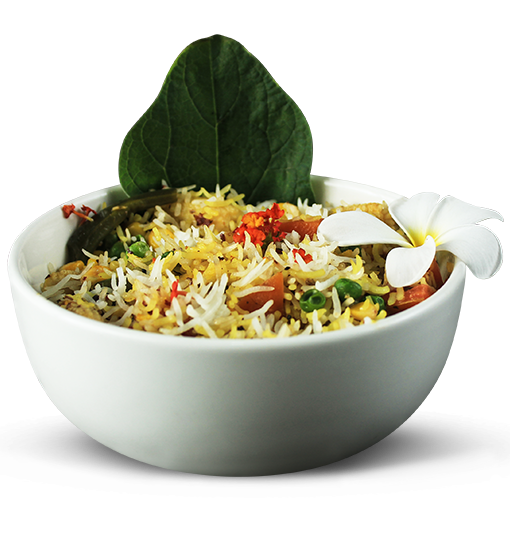
For hypothyroidism:
To eat:
Increase iodine intake (seaweed, milk and dairy products, grains, iodized salts, yogurt, strawberries etc.)
Selenium-rich foods (garlic, onion, sunflower and sesame seeds, cashews, brown rice, banana, mushrooms etc.)
Omega 3 and Omega 6 fatty acids to help your metabolism
Eat Fiber-rich food to avoid constipation and toxins build-up (fresh fruits and vegetables)
To avoid:

Avoid or cook well goitrogenic foods
Cruciferous vegetables as thiocyanate interferes with iodine absorption
Millets, soya and soya products- goitrogens
Bamboo shoots, sweet potato, corn, peaches, linseeds, peanuts, spinach, tea, coffee, refined and processed food, refined sugar, alcohol (suppresses the function of the thyroid gland), wine (flavonoids)
Flavonoids tend to suppress the thyroid enzymes
One is prone to put on excessive weight, that is why carbs and sugar must be avoided.
Yoga Practices for Hypothyroidism
The gland needs activation so all asanas can be practiced- will help to accelerate the metabolic rate and stimulate the hormonal production.
Surya Namaskar is good for improving the metabolism
All backward-bending asanas are beneficial because they stretch the gland and increase the blood circulation in the throat area- Ushtrasana (camel pose), Bhujangasana (cobra pose), Dhanurasana (bow pose), Urdhva Mukha Shvanasana (upward-facing dog pose) etc.
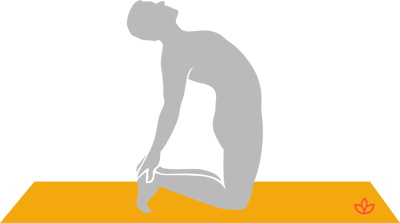

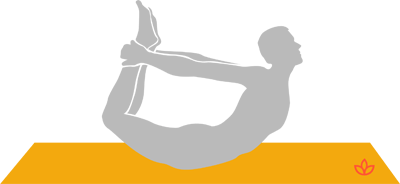
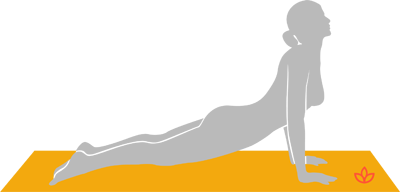
Practice of Simhasana (lion pose) strengthens the throat area too
The inverted asanas compressing the neck are beneficial- Sarvangasana, Viparit Karni, Halasana, Karnapidasana, SetuBandhasana

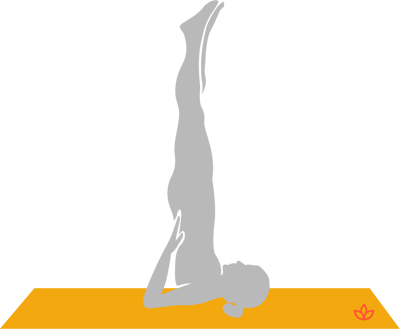
Choose warming and energizing pranayams such as Bhastrika, Kapalbhati, Anulom-Vilom, Ujjayi and Surya Bhedana
Other Yogic Lifestyle Tips for Hypothyroidism

Practice brisk walking few times a day
Maintain an active hobby- dancing, playing sports with more movement, swimming etc.
In case of depression avoid Shavasana and do Nishpandbhava instead
Don’t oversleep and have a healthy routine of sleep and activity
Walk under the sunlight to get enough vitamin D but protect your skin, eyes and hair
Keep your body warm
Applying a hot water bag or a warming compress of your throat area will stimulate the gland

Apply a hot water bag on your abdomen after food to increase digestion and to avoid constipation. You may rest in Dhradasana (lying on your left side) after lunch for better digestion.
Make sure that your diet is rich in fiber
Avoid depression (as it is commonly seen in hypothyroidism patients) by staying positive- Write 10 positive points daily. Keep company with positive-minded people. Practice Pratipakshbhavana every time a negative thought comes into your mind. Try to keep busy, to avoid overthinking and negativity.
Stay active, positive and healthy.
Follow us in Part 4 where we will discuss the recommended yoga therapy for hyperthyroidism.



Comments